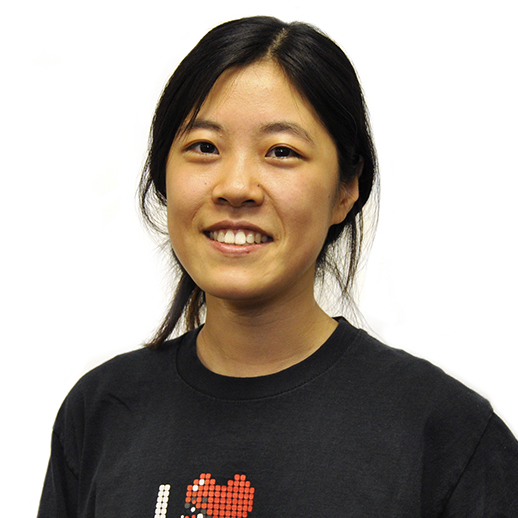Who am I
Without getting into the biggest philosophical question, I am Mengsen Zhang, a self-identified Complex Systems scientist. I have just begun my postdoc journey in the Brain Dynamics Lab led by Dr. Manish Saggar at Stanford University, after earning a Ph.D. in Complex Systems and Brain Sciences at Florida Atlantic University (mentors: Drs. Emmanuelle Tognoli and J. A. Scott Kelso). My long-term interest is to understand how simple (but no simpler) interaction between numerious components can give rise to complex coordinative structures/dynamics with multiple characteristic spatiotemporal scales (…more: Why Complexity). My goal at the present stage is to develop a meaningful and systemic method to quantify such multiscale dynamic patterns.
Current research
My current interest is to develop meaningful computational methods for characterizing complex neural dynamics using Topological Data Analyses. What does ‘meaningful’ mean? To me, it implies a system of measurements that (1) properly differetiates and orders different complex dynamic patterns generated by dynamical systems of known mechanisms (e.g. solutions of dynamic models of neural interactions) and (2) works in a practical setting (e.g. differentiates neural dynamics of individuals with different behavioral tendencies). The necessity of developing such tools initially occured to me in my doctoral research, while I was studying dynamic patterns generated by multiple interacting people and subsequently the corresponding dynamical model.
Doctoral research
My doctoral work focused on the interaction between people, which falls into two themes: Multiagent Social Dynamics and Human-Virtual Parnter Interaction.
For Multiagent Social Dynamics, I developed a new experimental paradigm to study coordination between eight people in a controlled environment (individual movement rate and network connectivity between individuals are independently and systematically manipulable); following the paradigm, an experiment (the ‘Human Firefly’ experiment) was conducted and a model was subsequently developed based the data collected; I developed a new method, based on computational algebraic topology, to better quantify complex coordination patterns and phase transitions observed in human and model coordination behavior. My current interest is a natural development from and builds on this series of research.
For Human-Virtual Parnter Interaction, I conducted three experiments where a human subject was interacting with a Virtual Partner whose behavior is driven by a mathematical model of social coordination, while subjects’ emotional responses (via skin potential responses), EEG, fMRI were being recorded (in separate experiments).
I also worked on other passion projects which I benefited greatly from, regarding micro-controllers, GPU computation, computational topology, and pattern formation etc.
